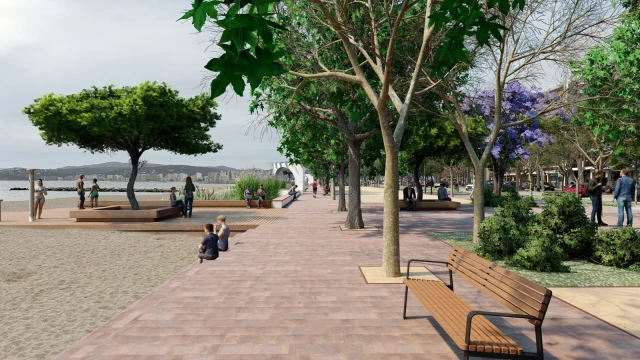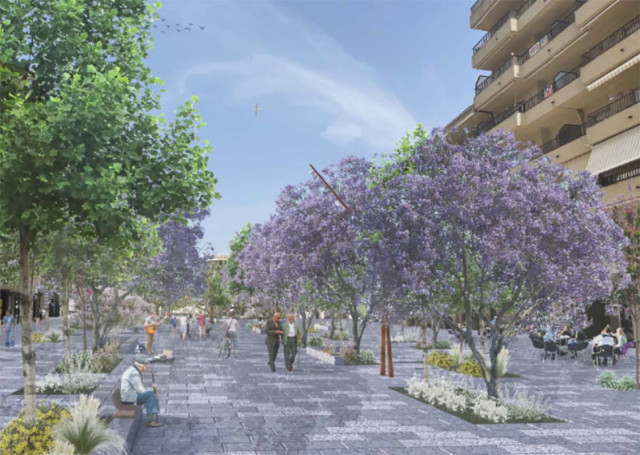Can I sell my house if the description in the property register is incorrect?
In many cases the description of the house does not exactly correspond to its reality; this may be because the initial description was incorrect or because adjustments have been made to the house that are not included in the register. Below we explain what can be done about this when selling your house.
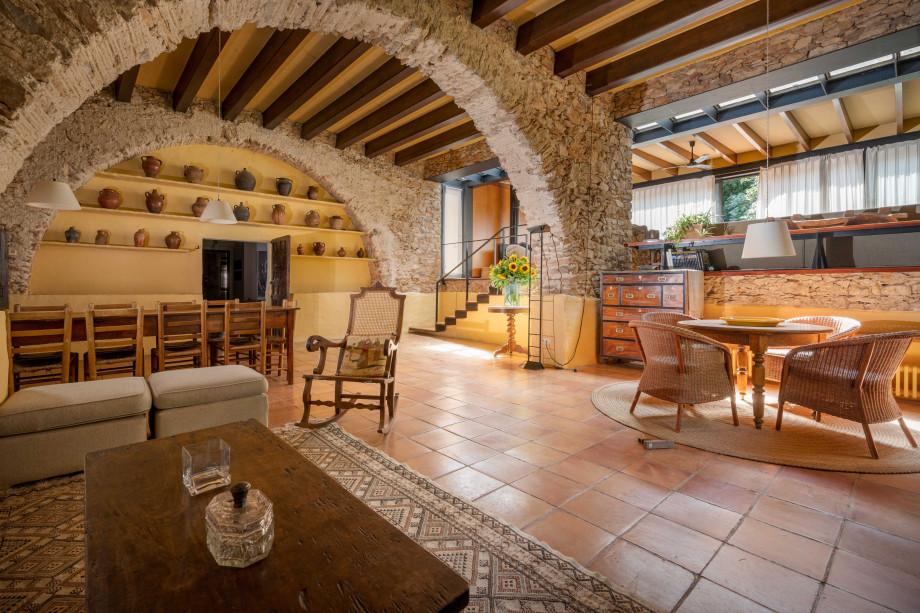
What is the property register?
The property register is a voluntary register where the name of the owner, identification of the house and possible debts owed on the house are indicated. It has a public character and anyone can request an extract for a specific property.
This extract is called the Nota Simple and it often shows that the description of the home is incorrect. Well-known examples of this are a garage that was added later, a swimming pool that was constructed, and an empty space below the house converted into extra bedrooms, without these being added in the register.
In almost all cases, these changes were implemented with a permit from the municipality, but not all homeowners subsequently went to the notary to have the changes recorded in the property register.
This last step is not legally required, because the register (unlike the cadastre) is voluntary in nature.
However, there are more and more home buyers who demand a correct description before purchasing.
If the buyer needs a mortgage to purchase the house, the bank will always require that the description of the house corresponds to reality. If the description has not been amended previously, this will be reflected in the bank's appraisal. This then leads to a lot of delays in the sales process.
To prevent this, at Porfinca we check the description in the register at an early stage to discuss possible steps with the owner of the house.
How to make corrections?
The first step is a visit by a technical architect to the house to measure it and draw up a correct description. He also checks a number of other matters, the most important of which is whether the surface area and location of the plot corresponds to the description in the cadastre.
If the latter is not the case, a topographer must be engaged to map the terrain on the basis of the consolidated boundary limits with the neighbours.
The above report is submitted to the notary who, after a check, ensures that it ends up in the property register office.
If there is a discrepancy between the actual plot situation and the land registry, the registrar will in most cases inform the neighbors and ask whether they agree with the adjustment of the information in the land registry.
This process can of course take a lot of time depending on the complexity and location of the property register.
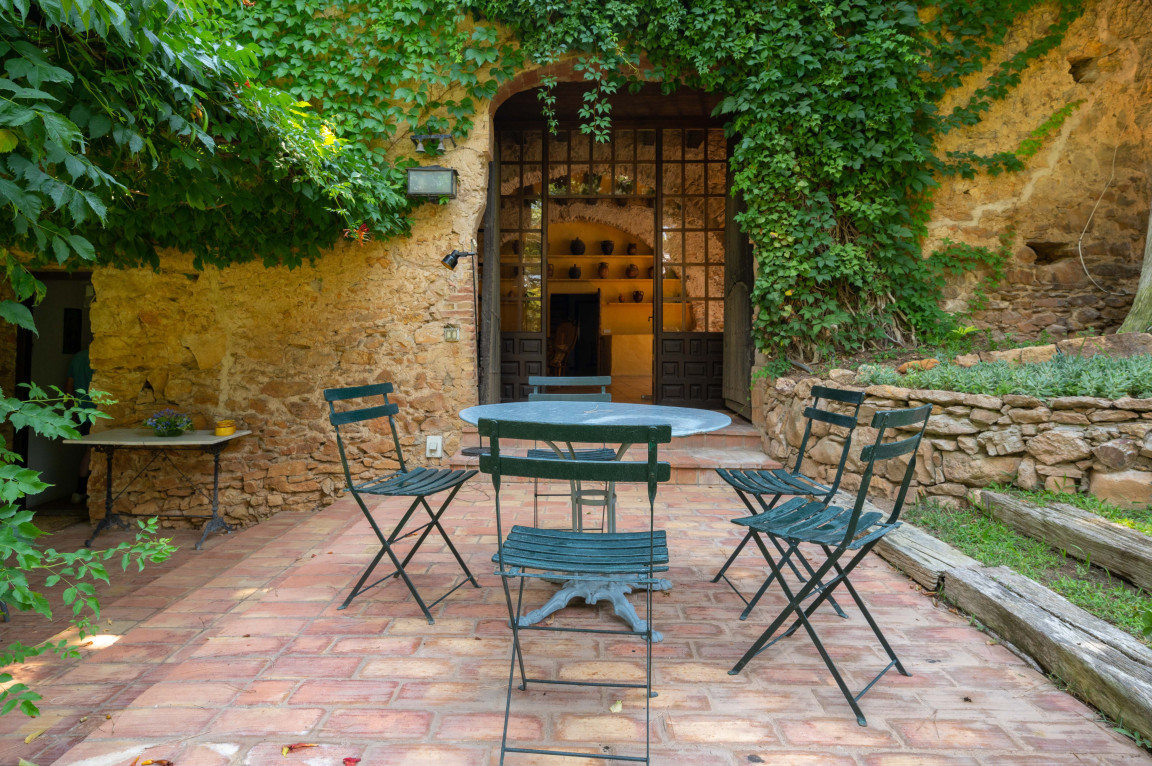
What are the costs of a regularization?
Our experience at the Costa Brava shows that the costs for an architect are approximately 500 Euro. If a topographer is needed, an additional 400 euros will be added depending on the size and complexity of the plot.
The notary costs are the sum of the notary's fees plus a tax of 1.5% on the value of the change. For example, if it concerns the inclusion of a swimming pool of 25,000 euros in the register, the latter will amount to 375 euros.
How can Porfinca help you with this?
Over the years we have gained a lot of experience with corrections in the property register and cadastre. When selling your home on the Costa Brava through Porfinca, we are happy to help you resolve possible problems at an early stage of the sales process.
Please feel free to contact us if you have any doubts or questions after reading this blog.
More recent articles from the blog
-
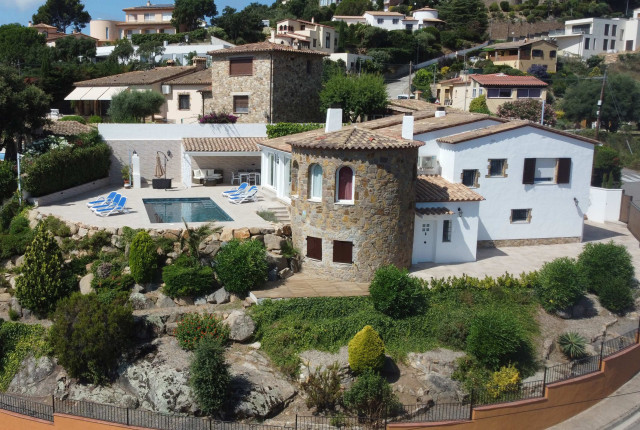 March 7th, 2025
March 7th, 2025 -
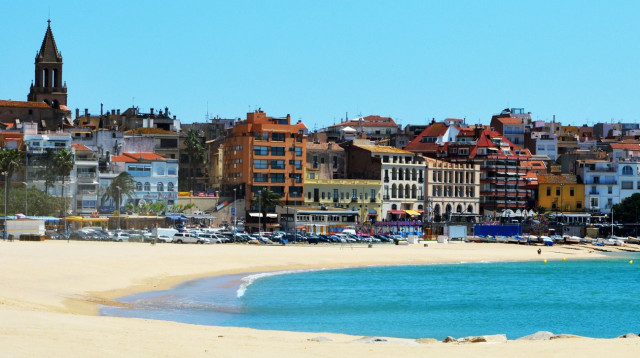 November 15th, 2024
November 15th, 2024New construction project Santa Marta near the beach in the heart of Palamós!
-
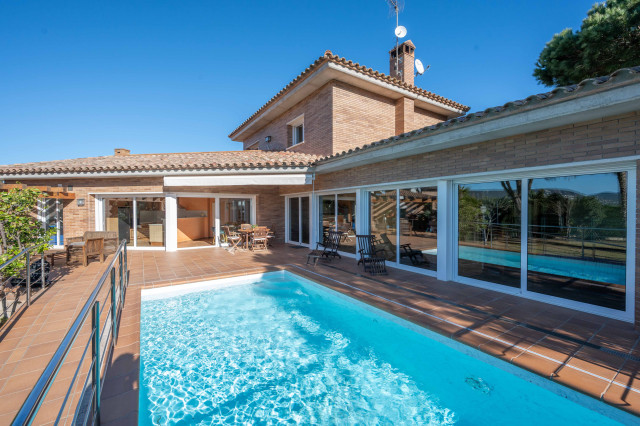 September 12th, 2024
September 12th, 2024The Sant Daniel urbanization near the beaches of Sant Antoni de Calonge
-
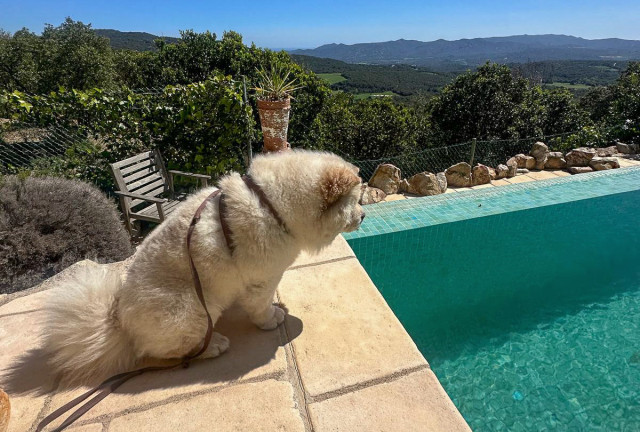 June 25th, 2024
June 25th, 2024
